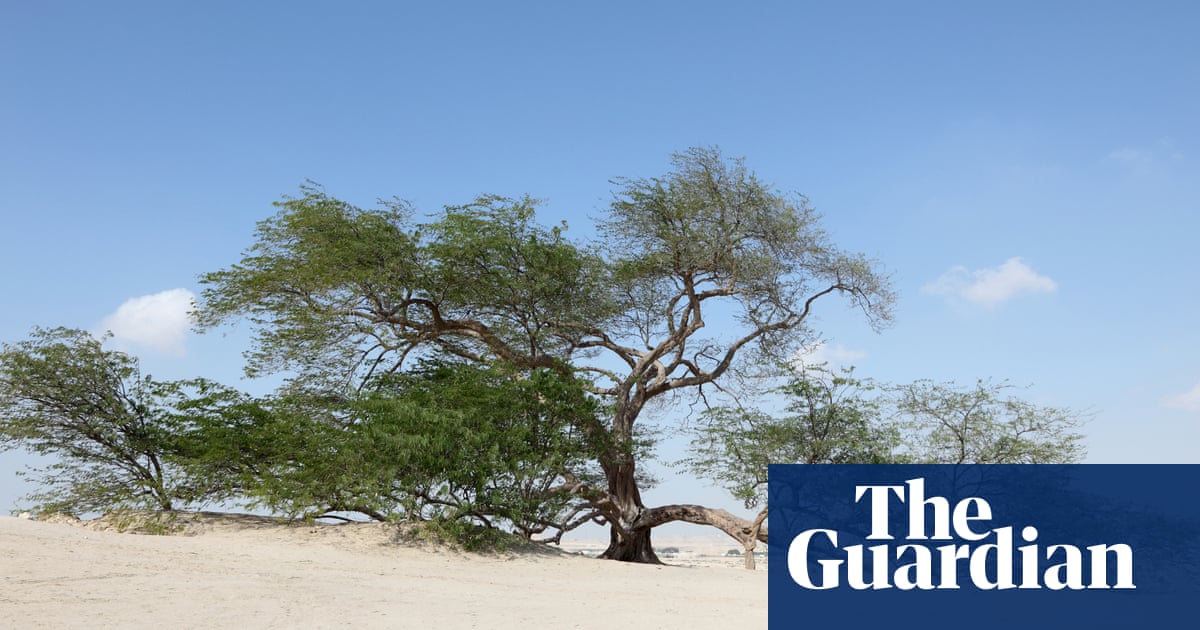
or more than a decade, wildlife biologist Tiasa Adhya has spent many a day (and night) in a small wooden boat, silently gliding through dense vegetation in the wetlands and mangroves of West Bengal, scanning the banks for signs of a rarely seen wild cat – the fishing cat (Prionailurus viverrinus).
“Fishing cats are fascinating animals,” she says. “They have co-inhabited riverine deltas and floodplains alongside humans for centuries. Ancient cultures like the Khmer empire show evidence of fishing cats.” As co-founder of the world’s longest-running fishing cat research and conservation project, Kolkata-based Adhya is dedicated to this endangered felid, one of the least-studied and understood wildcats.
“When we began our work in 2010, very little was known about these cats, both to us and the local communities,” Adhya says of The Fishing Cat Project (TFCP). Today, the species is slightly better understood and appreciated, though it still receives significantly less attention than its larger, more charismatic cousins.
A study of small cats in November found “many small, rare and elusive cats in the Indian subcontinent don’t get as much attention as the more spectacular big cats. Nevertheless, the need to protect them is just as pressing.” The study, by Sweden’s Uppsala University, found only 6–11% of the areas where three rare cat species – including the fishing cat – have their habitat are protected.
A muscular, medium-sized cat, about twice the size of a household one, the fishing cat has adapted to a semi-aquatic lifestyle. It hunts from the water’s edge, either scooping out fish with its paws or diving into shallow waters.
“The fishing cat has evolved to be the top predator in its habitat,” says Adhya. “It has half-retractile claws which help it hook fish, while its partly-webbed feet enable it to have a strong grip in muddy terrain. It also has a water-resistant coat, a rudder-like tail, and other adaptations that help it swim effortlessly.”
In 2020, fishing cat scientists, researchers and conservationists from around the world came together to form the Fishing Cat Conservation Alliance. The nonprofit has declared the month of February Fishing Cat February to raise awareness of the mammal and support conservation efforts.
Currently, there are no population counts at either national or global level but the fishing cat is named on the International Union for Conservation of Nature red list as vulnerable, with its numbers decreasing due to multiple threats.
In India, the fishing cat is listed under the Wildlife (Protection) Act of 1972 and receives the same level of legal protection as the tiger, the elephant and other threatened fauna. However, more than 90% of the cat’s range is outside protected areas and negative interactions are inevitable in human-dominated landscapes.
Adhya’s project focuses on the conservation of fishing cats in the wetlands and mangroves of West Bengal and Odisha, states along the east coast of India that form a significant portion of the species’ distribution range in the country. In West Bengal, the cat is known as machbagha (Bengali for fish-tiger).
To create awareness about the felid, TFCP has initiated several conservation projects in the local community. “After the fishing cat was declared the state animal of West Bengal in 2012, we worked on instilling a sense of pride and ownership in people,” says Adhya.
As part of a programme called Know Thy Neighbours in 2017, camera traps were installed in the back yards of village homes in areas fishing cats were known to frequent. Villagers were shown the camera footage and taught how to identify the individual cats visiting their homes based on body markings. They were encouraged to name the cat, leading the villagers, especially the children, to develop a bond with their visitors. “Once children are excited about conservation, it’s easy to get the whole family involved. Today, the villagers are the eyes and ears of our conservation work,” says Adhya.
Baraju Behera, a fisher from Soran village on the fringes of Odisha’s Chilika Lake, helped set up four camera traps in his neighbourhood in 2017. “Before the camera traps, we had no idea about the fishing cats visiting our village. Now I’ve observed several individuals. I’ve named my favourite fishing cat Raja [king],” he says.
Despite their preference for fish, fishing cats have a varied diet. They have been recorded consuming molluscs, crabs, frogs, snakes and birds. They are also known to eat chickens and small goats from people’s yards.
To reduce the number of retaliatory attacks against fishing cats triggered by livestock depredation, TFCP supports a community goat bank project in Howrah district, West Bengal. It was launched in 2017 on the suggestion of local NGO Sarada Prasad Tirtha Janakalyan Samity (SPTJS). Thirty-eight families were given a pregnant female goat each, with the understanding that one kid from the litter would be donated to the goat bank.
On average, the community loses five to six goats a year to fishing cats. When an incident is recorded, the aggrieved family receives a replacement animal from the goat bank, a project entirely managed by the villagers themselves. Joydeb Pradhan, president of SPTJS, says: “For the villagers, the replacement goat is not the same as the beloved animal they have just lost. But at least now, they are not as upset.”
The biggest threat to the fishing cat, however, is the degradation and loss of its habitat. “In the past two decades, over 50% of the Gangetic floodplain has been lost to urbanisation, infrastructure projects, industries and aquaculture,” says Adhya.
The situation is not very different in the nine other countries across south and south-east Asia where records show the presence of the fishing cat. These nations are signatories to the Ramsar convention on wetlands, but the felid’s habitat is still threatened.
Adhya says: “Wetlands are highly productive and rich ecosystems capable of supporting diverse life forms. We are actively working with government authorities, forest officials and policymakers to ensure that they are protected.
“Wetlands are not only water reservoirs. They also serve as nutrient traps and carbon sinks, which are essential for fighting climate change.”
Last October, Chilika – the second largest coastal lagoon in the world – adopted the fishing cat as its ambassador. Susanta Nanda, chief executive of the Chilika Development Authority (CDA), says: “When we work on protecting the apex predator in a habitat, in this case the fishing cat, we end up protecting the entire ecosystem.”
In collaboration with TFCP and volunteers from the community, the CDA will soon be installing 100 camera traps across the lagoon to help establish fishing cat numbers and improve protection of this little-known creature.












